The legend of the Arabian genie, often depicted as a mystical being residing within an oil lamp, has captivated imaginations for centuries. Rooted in Middle Eastern folklore and popularized by tales like One Thousand and One Nights, the concept of a wish-granting spirit transcends cultural boundaries. Unlike the sanitized versions seen in modern media, traditional narratives paint the genie—or jinn—as a complex entity, neither inherently good nor evil, but bound by the whims of its master. The allure of unlimited power, coupled with the cautionary undertones of unintended consequences, makes this mythos endlessly fascinating.
Historical accounts suggest that belief in jinn predates Islam, with early Arabian societies viewing them as invisible beings made of smokeless fire. These creatures inhabited a parallel world, capable of interacting with humans in ways both benevolent and malevolent. The Quran further solidified their place in Islamic theology, describing them as creations with free will, much like angels and humans. Over time, storytellers wove these entities into fables, often casting them as prisoners trapped in objects like lamps or rings. The trope of the "genie in a lamp" likely emerged from this tradition, blending supernatural elements with moral lessons about greed and humility.
Western adaptations, particularly Hollywood films, have drastically altered the genie’s image. The 1992 Disney animated feature Aladdin introduced a blue, wisecracking character far removed from the original lore. While entertaining, this portrayal glossed over the darker aspects of jinn mythology—their capacity for trickery, the weight of their curses, and the peril of unchecked desires. Scholars argue that such reinterpretations dilute the cultural significance of these beings, reducing them to plot devices rather than respecting their roots in Arab spiritualism.
Archaeological discoveries have occasionally fueled speculation about real-world parallels to the genie myth. Ancient brass lamps unearthed in Mesopotamia, for instance, bear inscriptions invoking supernatural protection. Some theorists propose that early encounters with toxic fumes (from burning oils or metals) might have inspired hallucinations of otherworldly figures. Others point to Sufi mystics who practiced rituals to summon jinn for wisdom—a far cry from the cartoonish three-wishes trope. These threads hint at how folklore often intertwines with observable phenomena, evolving through oral tradition.
Modern literature continues to reinterpret genies through diverse lenses. Salman Rushdie’s Two Years Eight Months and Twenty-Eight Nights reimagines jinn as metaphysical beings influencing human history, while G. Willow Wilson’s Alif the Unseen merges cyberpunk aesthetics with classical jinn lore. Such works underscore the creature’s adaptability as a metaphor—for colonialism, technological disruption, or the subconscious mind. The genie endures not just as a fairy-tale remnant but as a vessel for exploring humanity’s deepest fears and aspirations.
Tourism in regions like Morocco and Egypt capitalizes on this enduring mystique. Markets sell "genie lamps" as souvenirs, and storytellers perform dramatic readings of One Thousand and One Nights in Marrakech squares. Yet this commercialization risks reducing a rich tradition to kitsch. Local scholars emphasize that authentic jinn beliefs persist in rural communities, where precautions—like saying "bismillah" before entering abandoned places—reflect genuine reverence for these unseen forces.
The psychology behind the genie archetype reveals universal themes. Carl Jung might classify it as a "shadow" aspect—the repressed desires unleashed through wish-fulfillment fantasies. Similarly, the "monkey’s paw" twist common in genie tales mirrors real-life dilemmas: how often does getting exactly what we want lead to ruin? This duality explains why the motif recurs across cultures, from the Jewish golem to the European fairy bargains.
Climate change has even resurrected the genie as an ecological allegory. Recent Gulf poetry depicts jinn as angry spirits unleashed by oil drilling—a poignant critique of environmental exploitation. Here, the creature symbolizes nature’s retaliatory power, a far more nuanced role than its Disneyfied counterpart. Such iterations prove that mythology is never static; it morphs to address contemporary anxieties while retaining its primal resonance.
Whether viewed through anthropological, literary, or spiritual frameworks, the Arabian genie remains a potent symbol. Its lamp encapsulates the human condition: the longing for transcendence, the peril of hubris, and the eternal dance between constraint and freedom. Next time you rub a tarnished heirloom, remember—some legends refuse to stay bottled.

By Olivia Reed/Apr 28, 2025

By Emma Thompson/Apr 28, 2025

By Samuel Cooper/Apr 28, 2025
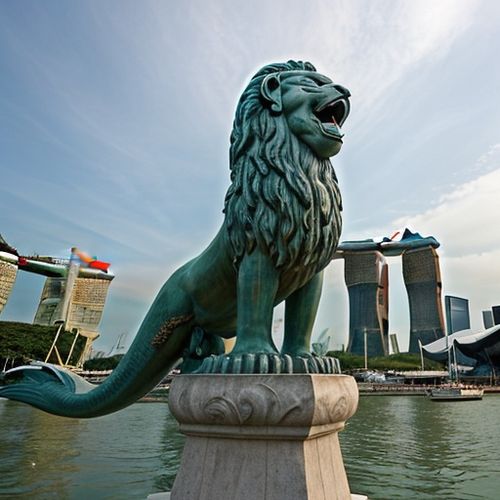
By Grace Cox/Apr 28, 2025
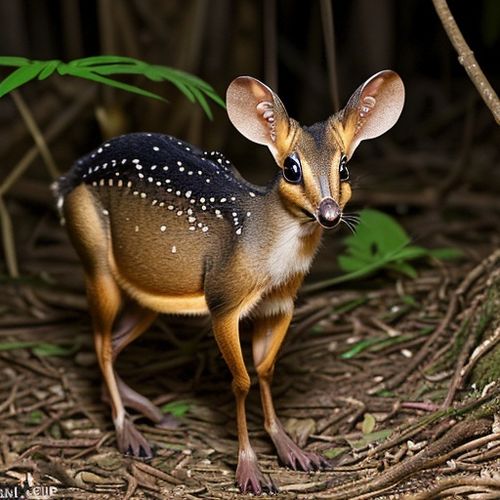
By George Bailey/Apr 28, 2025
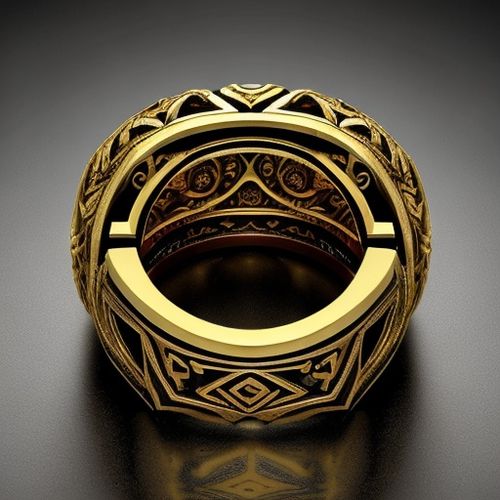
By Rebecca Stewart/Apr 28, 2025
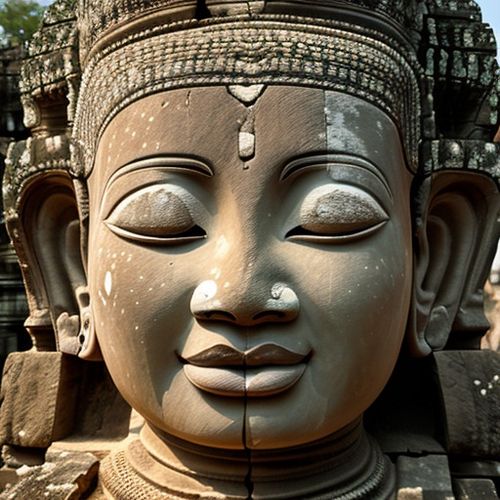
By George Bailey/Apr 28, 2025
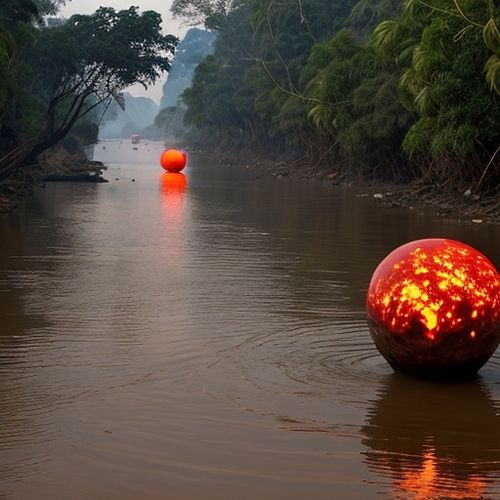
By Olivia Reed/Apr 28, 2025
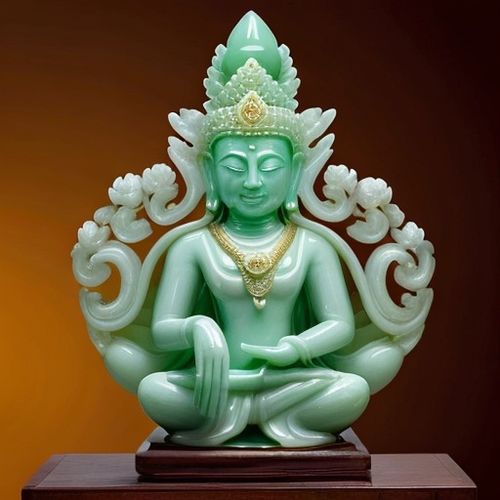
By Eric Ward/Apr 28, 2025
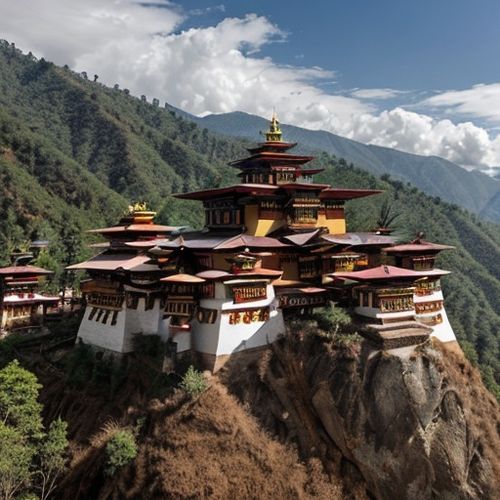
By Benjamin Evans/Apr 28, 2025
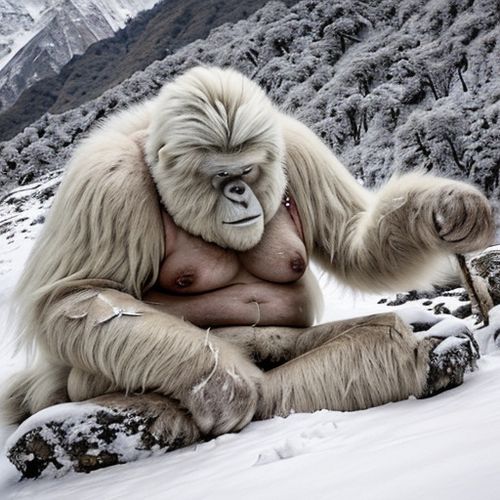
By Amanda Phillips/Apr 28, 2025
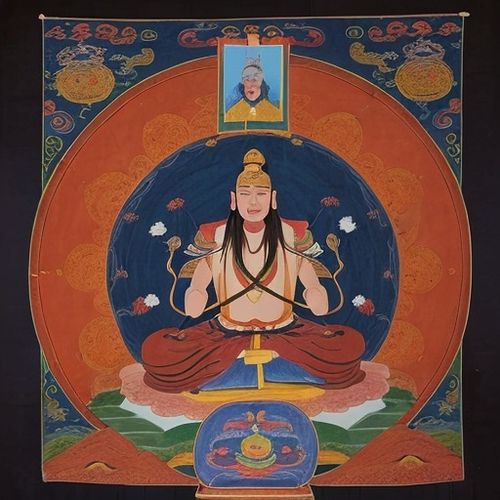
By Sophia Lewis/Apr 28, 2025
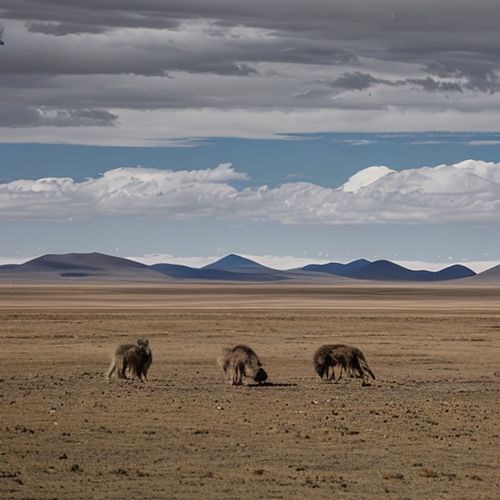
By Christopher Harris/Apr 28, 2025
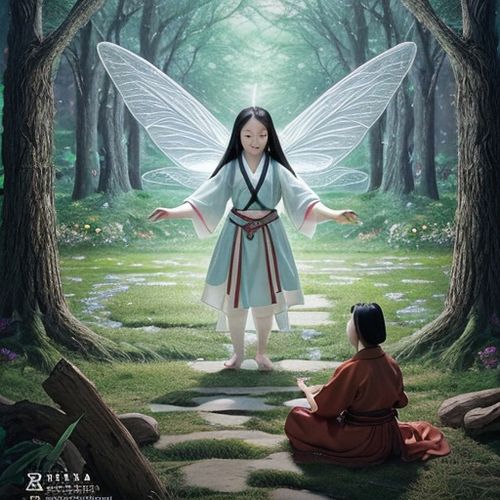
By Benjamin Evans/Apr 28, 2025

By Rebecca Stewart/Apr 28, 2025
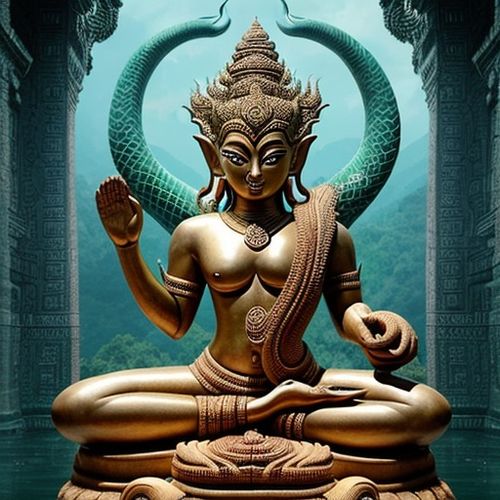
By David Anderson/Apr 28, 2025
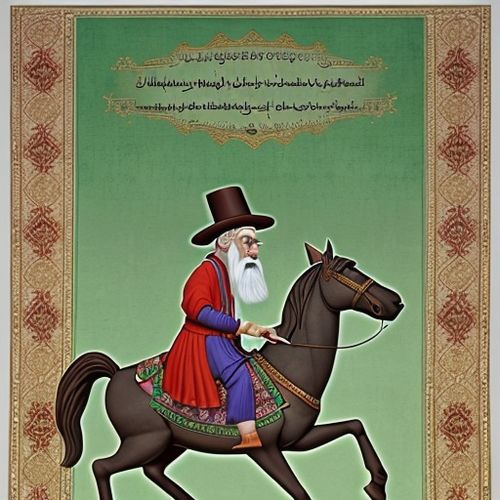
By Olivia Reed/Apr 28, 2025
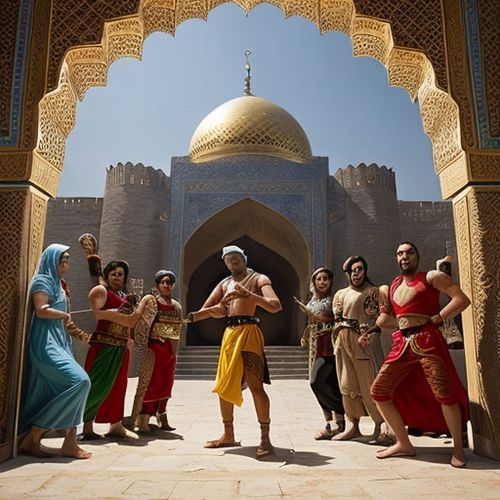
By Lily Simpson/Apr 28, 2025
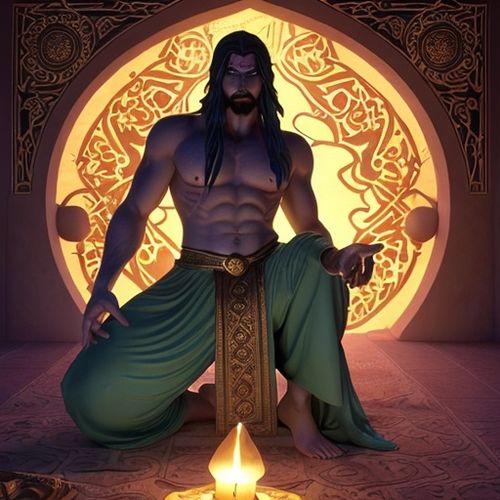
By Emma Thompson/Apr 28, 2025
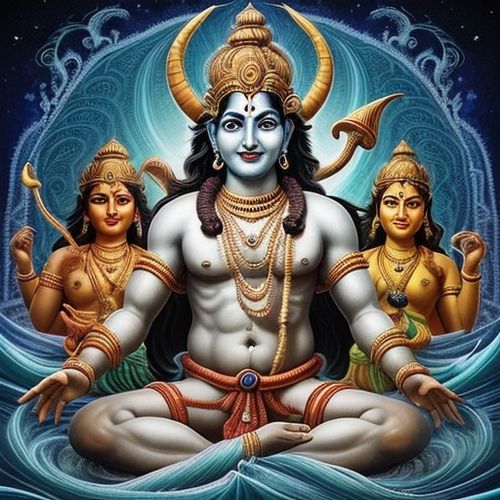
By Laura Wilson/Apr 28, 2025